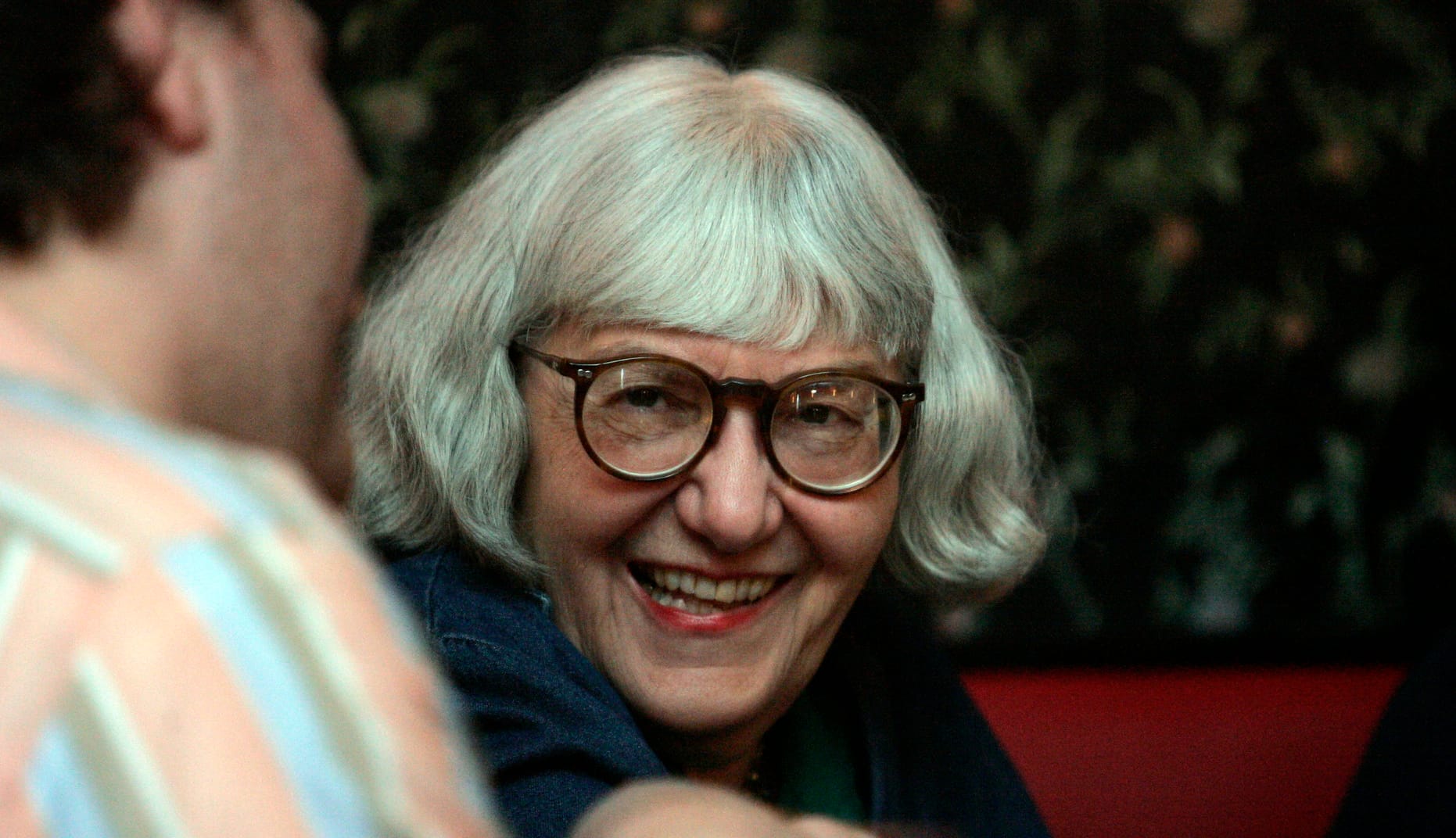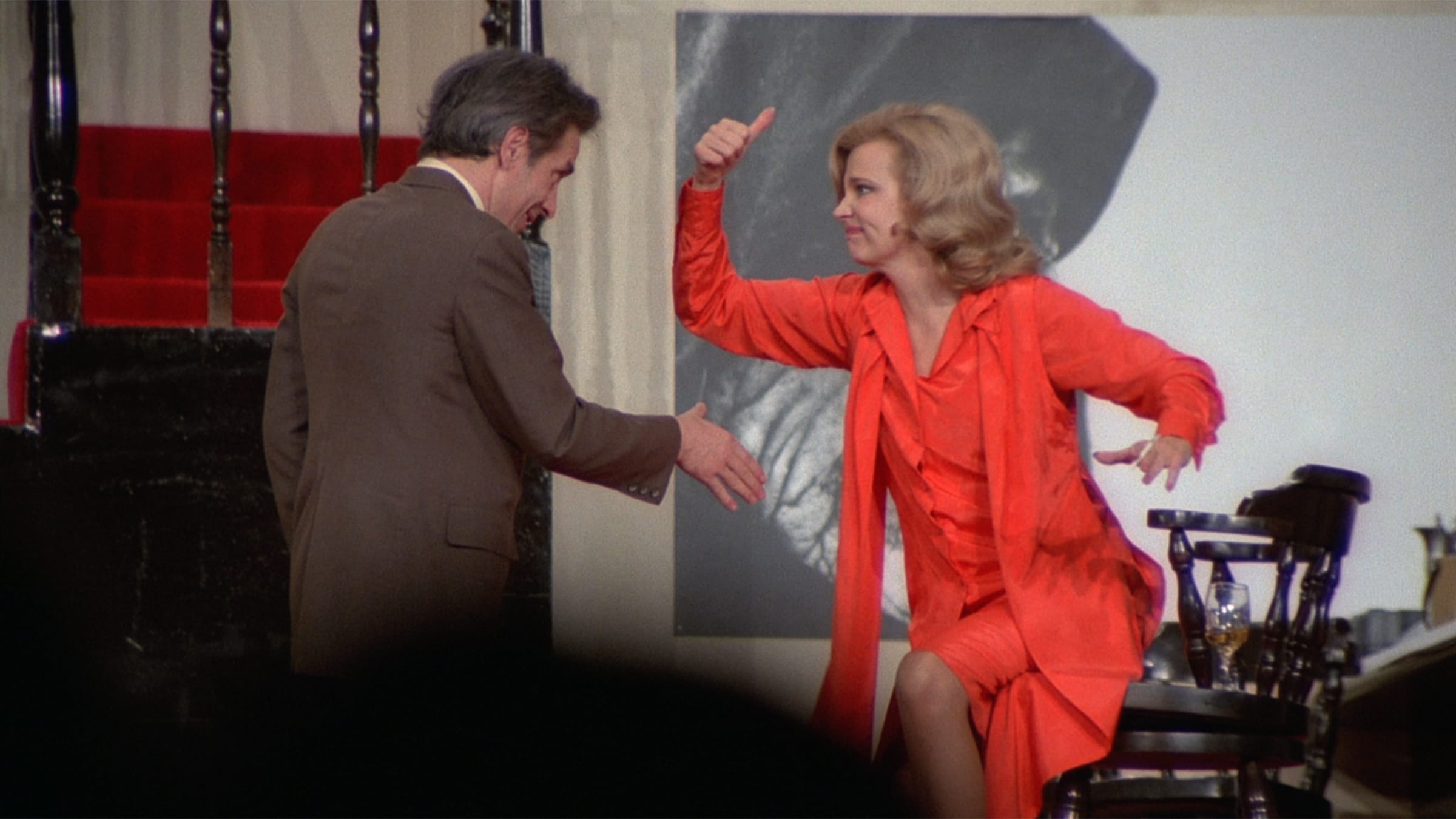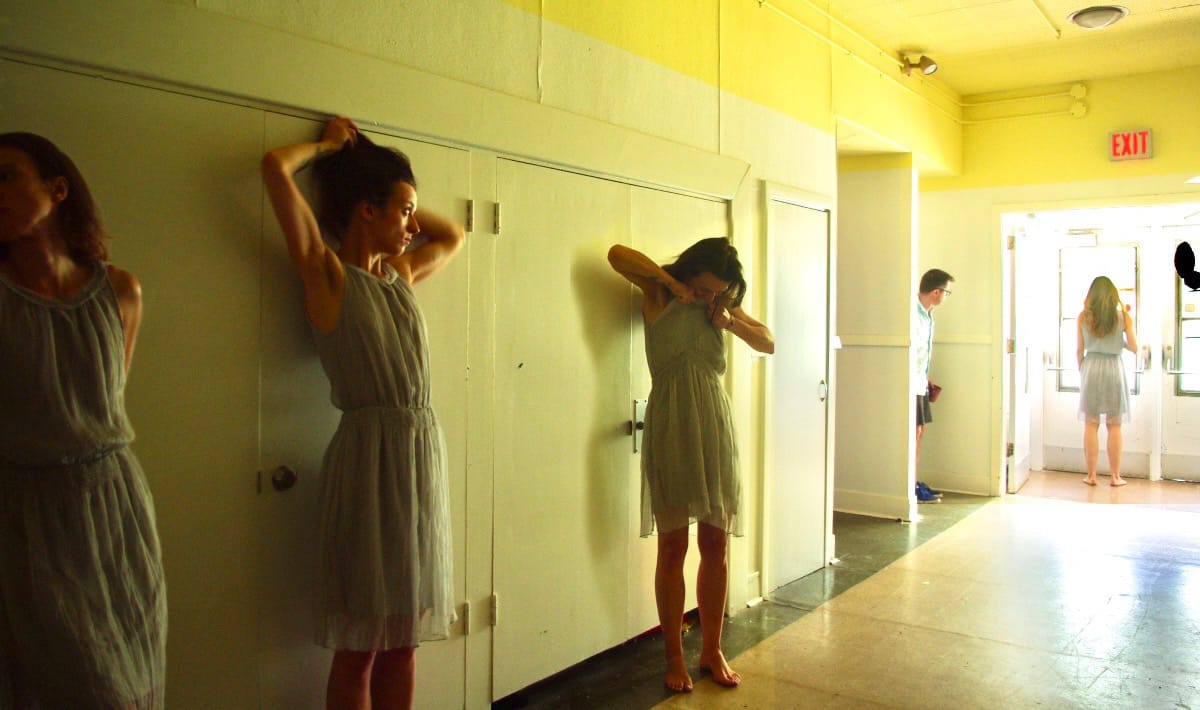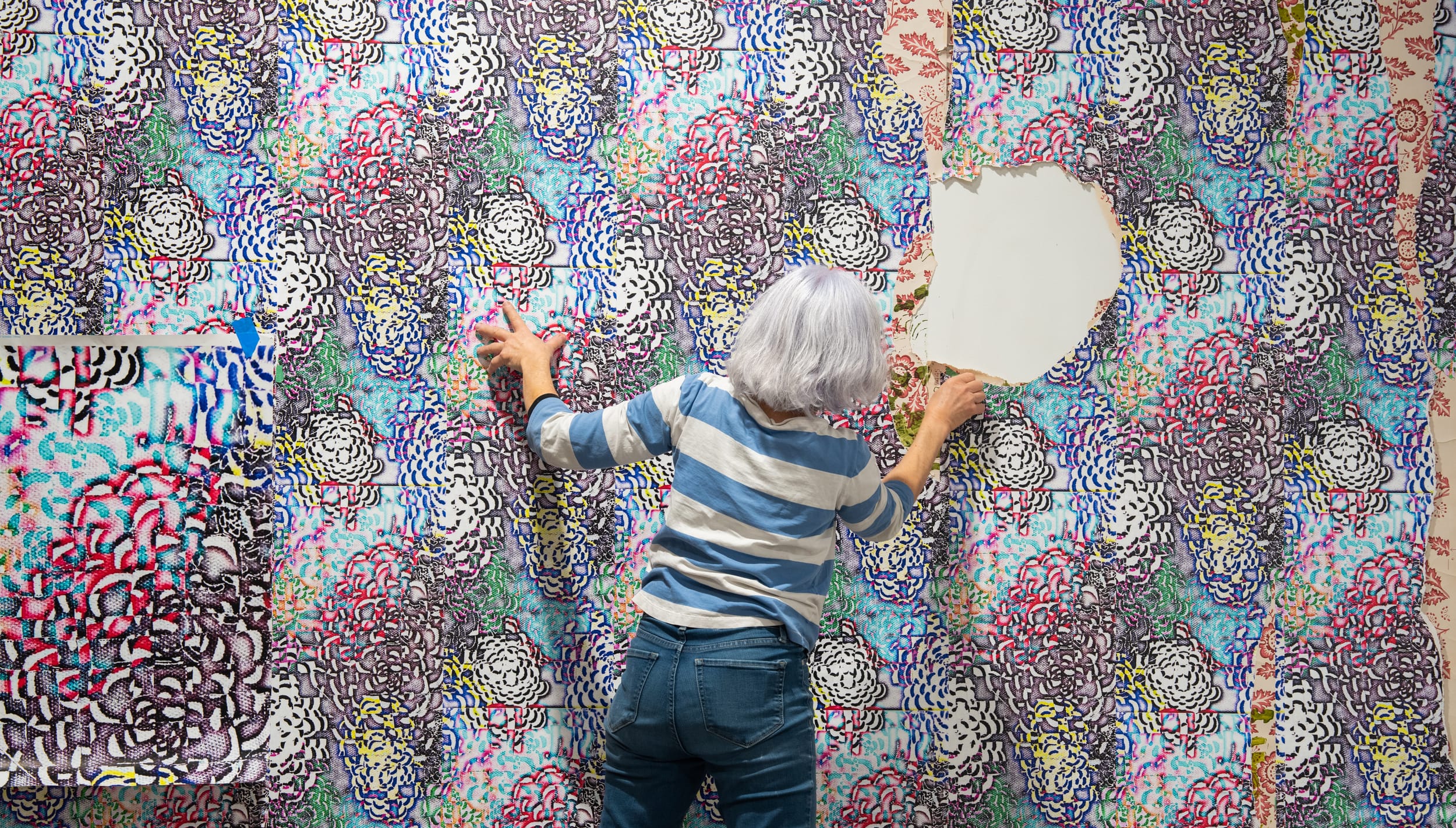Sometimes Faking it is Vital in the Struggle to Keep Our Heads Above Water
Revisiting Cynthia Ozick’s writings on Helen Keller and Anne Frank, both included in the writer’s new career-spanning essay collection, are reminders that all Ozick’s tales feel like cautionary ones—it’s just not always clear what to avoid or how.

If Holden Caulfield were a 96-year-old Jewish writer with a passion for disputation, he might be Cynthia Ozick. Phonies—fakes, forgeries, usurpations, deceptions, lies—are everywhere in the recently published In A Yellow Wood: Selected Essays and Stories (Everyman’s Library). “If I speak of a genuine essay, it is because fakes abound”; “She was no better than a copy”; “I who am deceiver and dissembler”; “It may be that every man needs to impersonate what he first must kill.”
But who can call who a phony? Accusations tend to breed counter-accusations. In perhaps the book’s most complex instance of confused provenance, a narrator becomes enraged upon attending a literary event and hearing another writer read “her” story—a story she has not written, that does not concern events in her own life, but which she simply knows to belong to her in some way. “By the fifth paragraph I recognized my story—knew it to be mine, that is, with the same indispensable familiarity I have for this round-flanked left-side molar my tongue admires.”
As I brushed against the souls in this collection, the old-fashioned word that popped into my mind was vanity. In all its meanings: an inflated self-importance, a transparent grasping after physical beauty, an effort that comes to nothing, a deep underlying futility. Vanity of vanities; all is vanity. Yet in Ozick’s hands, while failure and annihilation may be the fate of her characters, the authorial voice never gives way to nihilism. Indeed, a passionate ambivalence about lying and faking are vital in the struggle to keep our heads aboveground.
Perhaps the most moving of the essays in the new collection is on the life of Helen Keller, “What Helen Keller Saw” from 2003, and the many charges of inauthenticity levelled against her. Doubters found many avenues of attack, from the straightforward claim that it was Annie Sullivan, her teacher, who truly authored Keller’s works, to the more existential criticism that, through her formal education, Keller’s thoughts had been stripped of their real essence and replaced with simulacra of the thoughts of a hearing, seeing person. Keller’s constant use of visual imagery, the blind psychologist Thomas Cutsforth wrote in 1933, implied “a birthright sold for a mess of verbiage.”
For Ozick, Keller is proof of two things: that imagination is the highest of earthly goods; and the shocking human capacity for rejoicing. Responding to her critics, Keller wrote of a visit to the top of the Empire State Building. “I will concede that my guides saw a thousand things that escaped me from the top,” she wrote. But the things she saw in her mind rivalled them: “The little island of Manhattan, set like a jewel in its nest of rainbow waters, stared up into my face, and the solar system circled about my head!” The mix of perspectives is reminiscent of folk art—the solar system makes an appearance because of its cosmic importance, not because of literal proximity or visibility. Keller, Ozick writes, “saw what she wished, or was blessed, to see, and rightly named it imagination. In this she belongs to a wider class than that narrow order of the tragically deaf-blind...She was a member of the race of poets, the Romantic kind: she was close cousin to those novelists who write not only what they do not know, but what they cannot possibly know.” We may wince at the dated assumption that the lives of the deaf-blind are inherently “tragic,” but what is clear is that Ozick views Keller primarily as a writer, a fellow conjuror in thrall to the enchantment of words.
Yet Ozick can’t resist ending her essay with a nod to what is indeed fraudulent, forged, and vain about Keller: her glass eyes. Keller had one protruding eye, and she always chose to be photographed from the side so it wouldn’t show. As an adult, she had both eyes removed and replaced with glass ones. “Everywhere she went,” Ozick writes, “her sparkling blue prosthetic eyes were admired for their living beauty and humane depth.” Helen Keller was, perhaps, wasted on us, who find it easier to appreciate what is false than what is true.
Vanity of vanities; all is vanity. It’s a line from Ecclesiastes, an existentialist text that predates Sartre by some two millenia. What is the point of anything? it asks. Why work when it all comes to nothing? Why continue to spin the hamster wheel of existence when our lives are only pale copies of what has already been said and done? There is nothing new under the sun. “Vanity” is the King James Bible’s translation of the Hebrew word hevel, which appears 35 other times in the Hebrew Bible. Its most literal meaning, writes scripture scholar Rachel Scheinerman, is “breath,” but unlike words like ruach and neshama, which highlight the life-affirming function of breath, hevel highlights its temporariness. Hevel, Scheinerman explains, is actually the name usually rendered as Abel; slain by his brother, he is the first person on earth to die. “We are all hevel, we are all temporary. And with enough distance in the rear view mirror, few of us will leave more than a wisp of an impression. Likewise with everything that we strive to create. It is all imbued with breath, but only for a time.”
I was once at a flower market in Prague where my friend bought a bouquet of red tulips. It was only once we got them back to where we were staying that we realized they were fake: imitation flowers, made of plastic. The market sold real and artificial flowers side by side, with no indication of which was which. The distinction was either obvious to everyone but us, or was not considered especially important. Perhaps a flower is a flower is a flower; after all, when his eye ranged over the choices at the stalls, it alighted on these false tulips as the most beautiful. I have a weakness for artificial plants, even though I know they’re sort of trashy—fakes, shams, counterfeits, knockoffs. The key, I think, is that to me, they aren’t really meant to be mistaken for the real thing. Or rather, they are the real thing, if the real thing is an artificial plant. Rather than pale shadows of reality, they are a form of reality that references other artificial things. If the poignancy of a real tulip is that it is hevel, the pathos of a fake tulip is its longlastingness. Like a daydream that doesn’t fade, it has its own dangerous call to oblivion. It’s the opposite of vanity: a modest thing, innocent and forlorn in its unchanging cheerfulness. Unlike us, it has no real pretensions to life.
All Ozick’s tales feel like cautionary ones, but it’s not always clear what to avoid or how. If Helen Keller stands as an exemplar of the power of the reader to absorb the world through words, Ozick’s barnburner 1997 essay “Who Owns Anne Frank?” contains an arresting counter-example on the dangers of reading. As Ozick follows the paper trail from the diary itself to the exigencies of Broadway producing, she excoriates those who took the last remains of a specific human being whose suffering is a record of humanity’s darkest instincts, and turned Anne Frank into someone “universal”—a girl who could have been anyone, and whose most vaunted quality is her hope and optimism. “To ‘identify with’,” Ozick writes, “is to become what one is not, to become what one is not is to usurp, to usurp is to own—and who, after all, in the half-century since Miep Gies retrieved the scattered pages of the diary, really owns Anne Frank?...All these appropriations, whether cheaply personal or densely ideological, whether seen as exalting or denigrating, have contributed to the conversion of Anne Frank into usable goods.”
Perhaps one of the strengths of Ozick’s work is the difficulty in using it. I don’t want to be a fake, and anyone attempting to draw firm conclusions from Ozick’s oeuvre is afflicted with hopeless vanity. From a person whose entire life has been devoted to sharing written works of imagination and reflection, her essay on Anne Frank even concludes with the unthinkable: “It may be shocking to think this (I am shocked as I think it), but one can imagine a still more salvational outcome; Anne Frank’s diary burned, vanished, lost—saved from a world that made of it all things, some of them true, while floating lightly over the heavier truth of named and inhabited evil.” Better burned than falsified, better never known than twisted into something phony. It’s hard to agree, and Ozick is not even sure she agrees with herself. Perhaps this is all that can be genuine: a passionate willingness to entertain ideas, to discard or reconsider them as honest reflection leads, and to remember that everything we hold dear could be a lie.





